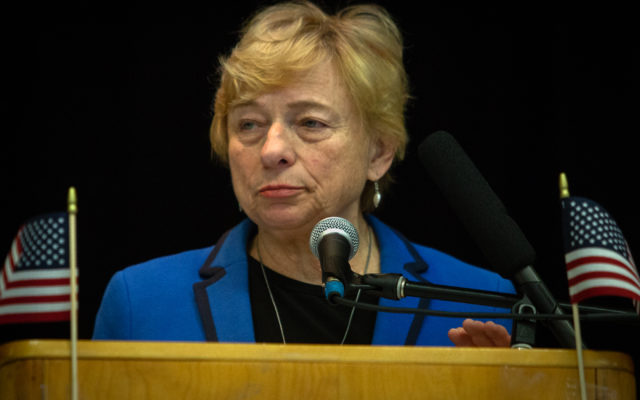
Gov. Mills looks forward to hearing thoughts on how to foster economic growth
This week I had a great discussion up at Blair Hill Inn and Restaurant in Greenville with business owners, residents, development leaders and local lawmakers. We focused on ideas and strategies for economic growth in rural Maine, particularly Western Maine.
You know diversifying our economy, empowering innovators and attracting young, talented people to live and work in Maine is crucial to the future of our state.That’s why earlier this year, I directed the Department of Economic and Community
Development to create the very first long-term statewide economic development plan in decades.
That plan, which will be finalized in the coming weeks, is being written with input from government agencies, business leaders, educational institutions, private organizations and individuals like yourselves. It will focus on strategies to enhance economic growth, particularly in rural Maine, and address Maine’s workforce challenges.
As we finalize that plan, I think it’s important for me to hear the voices of business leaders and residents all over Maine, to understand their challenges and to learn how state government can help.
So during our discussion up in Greenville, I heard about the issues that town faces, from funding local schools without increasing property taxes to repairing aging roads and bridges to health care and energy costs. I listened and I shared what my administration has done to date to address those challenges.
In the biennial budget for instance, we invested $115 million in K-12 education, we began raising the minimum teacher salary to $40,000, and we allocated $18 million to repair aging school infrastructure.
We also invested $75 million in property tax relief for Maine seniors, families, and small businesses. That’s money going back to you.
We fully funded the Medicaid expansion program and we restored Maine’s Low-Cost Drugs for the Elderly and Disabled Program. We enacted legislation to help lower the cost of prescription drugs, and we told the federal government that Maine will pursue its own state-based exchange to put us in the driver’s seat when it comes to health care.
And don’t forget to check www.CoverME.gov this week to find out what health insurance is available to you at the lowest cost and best coverage.
We also enacted — with the voters’ approval — a $105 million transportation bond to repair roads, highways and bridges, and to protect working waterfronts, and to restore commercial fishing wharfs.
Of course we still have a lot to do.
Every rural community has its strengths.
For example, besides Greenville, I also visited Monson and Monson Arts which is located in downtown Monson and which offers four-week residencies to artists and writers from all over the place as well as intensive workshops and programs for local school kids and community members.
I met resident artists and writers and learned about the program’s work to spark educational growth, to attract people to rural Maine, and reinvigorate the economy of that town. I also visited Jemma Gascoine Pottery and Monson General Store on Main Street in Monson and talked about their experiences and their excitement about the future.
Undoubtedly the strategy to growing our rural economy will be multi-faceted, but one thing is clear. Supporting these rural communities as they build on their own strengths — as Monson and Greenville are doing — is critical.
Backing local businesses and organizations to attract talented people to live and work in rural Maine will expand our workforce, which is a key aspect of growing our economy statewide.
There is a spot for everyone in Maine’s economy, and we need everyone to participate.
I want innovators and entrepreneurs, families, and business owners to know that Maine has not only an unmatched quality of life, but also unmatched opportunity in new industries across our state.
I look forward to visiting more communities and hearing your thoughts on how we can foster economic growth in Maine in the coming months.